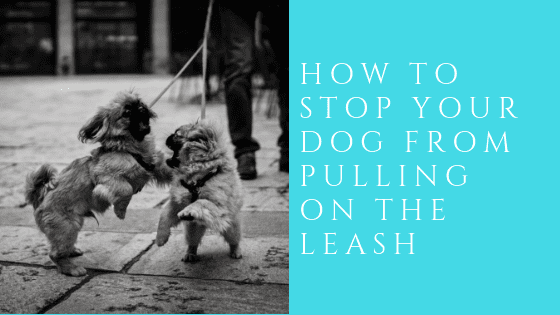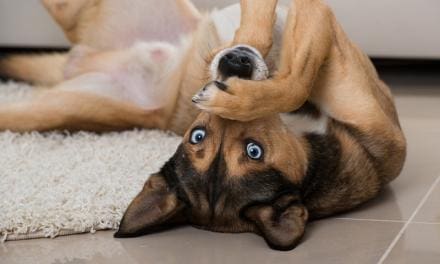Introduction
Your dog pulling on the leash can be incredibly frustrating. You didn’t purchase a sled dog, so you should expect a nice loose-leash walk during your afternoon stroll.
Today, we are going to address how to stop your dog from pulling on the leash by correcting, redirecting, and rewarding. We are not going to address leash reactivity in this post.
Leash Reactivity when a dog is actually lunging at another thing while walking.
That is a more serious topic for another day.
1. Equipment
For this, you should grab your dog’s favorite reward (ball, tug, treats), a sturdy leash, and a martingale, training collar, or prong. depending on your dog’s level of drive different equipment is better suited.
Light Pull= Martingale
Fairly Strong Pull=Training Collar
Very Strong Pull= Prong Collar
Click on any of those links to see the equipment we recommend.
Now let’s get training…
2. Correction
First up, correcting your dog for pulling. Despite, what some trainers might lead you to believe, you need to correct your dog if you want to stop unwanted behavior.
That’s not to say redirection and reward-based training doesn’t work. It works very well and that’s coming next, but to begin, you have to tell your dog “No!” and maybe add a quick leash correction to initially stop the behavior. Depending on whether or not your dog listens to the correction decides if and how much you escalate.
Escalation is the act of increasing the reward or correction based on being meaningful to your dog.
For instance, if you tell your dog “No! Heel!” and they don’t listen, you give a leash correction with another “No!” and they still don’t listen there are two things you need to consider:
- Your timing is off, and you are waiting for your dog to reach a high state of arousal before you correct them. Remember: the proper timing is to correct as your dog thinks about performing a poor behavior not when they are already doing it. Of course, you should still correct at that point, it just won’t be as effective.
- You need to escalate. If you’re using a martingale, consider going to a training collar, if you’re using a training collar, consider going to a prong collar. If you’re using a prong collar and your dog still doesn’t care about the correction, either your timing is off, or you might need to seek some professional help like a school such as Partners Dog Training School.
3. Redirection
Okay, we’ve very briefly covered correction, but, you don’t want to be constantly fighting your dog on a walk.
So, the next approach is a bit more proactive. Let’s say your dog pulls on the leash whenever you see another person, dog, animal, car, etc. Knowing that your dog pulls in those situations, you can use your reward (ball, treat, tug) to redirect your dog’s attention onto you instead of the trigger that’s approaching.
It works very well for dogs that are highly motivated by rewards. It also works very well if you do other training with your dog, and that obedience can be used to redirect from an outburst.
In essence, it’s a bit of a bribe, but eventually, you can pattern that response whenever your dog’s state of arousal starts to increase, and that lets you control the pulling.
4. Rewarding
Okay, so you’ve finally got your dog to stop pulling, even for a moment. The next step is to reward or pay them so that they start to work for you.
Timing is critical here. If you correct your dog for pulling and they stop, say “Yes!” in an excited tone and give the physical reward. This creates a pattern in your dog to come back to you whenever that state of arousal increases, or if you correct them. With time, they will simply stay at your side in order to get that reward.
With even more time, they will learn that your praise is a lot more fun than whatever they were pulling towards and you won’t need to use the physical reward as much.
Conclusion and Takeaways
Of course, this was a very very brief overview on how to stop your dog from pulling. There are a lot of variables that could change your strategy and the effectiveness of the above. However,
- Choose the right equipment for your dog’s needs.
- You have to correct unwanted behavior, but redirection and reward based training is more effective long-term.
- Stay patient, this isn’t something fixed overnight.
- Make sure your timing is on point.
- If you want to stop pulling quickly and efficiently, use a professional trainer like Partners Dog Training.
- Oh, and if you’re using a harness on walks, and your dog is pulling, stop using the harness. They are literally designed for pulling
actiities .


